Blog
Jewellok is a professional pressure regulator and valve manufacturer and supplier.
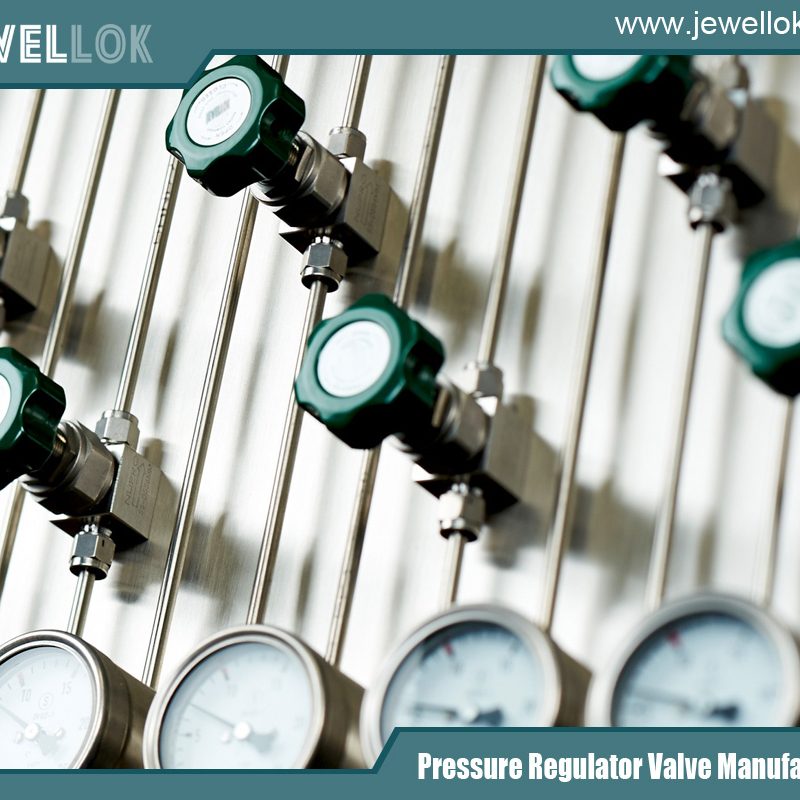
Changeover Manifold: A Critical Component in Industrial Gas and Fluid Management
- Pressure Regulator Valve Manufacturer
- 1inch of water, 316 SS ball valves manufacturer, adjustable low pressure propane regulator, adjustable propane regulatoradjustable propane regulator, adjusting propane regulator, air compressor non return valve, argon hose fitting, argon hose fittings, back pressure regulator manufacturers, bcf connector, block & bleed valve, Changeover manifolds, characteristics of pressure, chinese propane gas cylinder, diaphragm suppliers, Diaphragm Valve Manufacturers, diaphram valve, double block & bleed, double block and bleed valve, Double Block and Bleed valve manufacturers, double block bleed valve, electric water valve 12v, excess flow valve, fire arrestor, gas filter, gas regulator, gas used in semiconductor manufacturing, high pressure flexible hose, high purity valves manufacturers, humming propane regulator, hydraulic regulator, industrial grade purity, low pressure regulator, o ring face seal fittings, oxygen cylinder manifold, pressure gauge manufacturers, pressure relief valve vs safety relief valve, pressure relief valve vs safety valve, propane adjustable pressure regulator, propane manifold with valves, quick connect, quick connect valve, relief vs safety valve, safety or relief valves, safety relief valve vs pressure relief valve, safety relief valve vs safety valve, safety valve vs pressure relief valve, second stage propaneregulator, solenoid valve for ammonia gas 1 inch pipe, solenoid water valve, ss diaphragm valve manufacturers, stainless pressure regulator, Stainless Steel Diaphragm Valve Manufacturer, timer water valve, ultra high purity, what is a gas pressure regulator
- No Comments
Changeover Manifold: A Critical Component in Industrial Gas and Fluid Management
In industries where a continuous supply of gases or fluids is essential, any interruption can result in costly downtime, safety risks, or compromised product quality. To address this challenge, the changeover manifold serves as a vital tool, enabling seamless transitions between multiple supply sources—such as gas cylinders or fluid tanks—when one source is depleted or fails. This ensures uninterrupted operation, making changeover manifolds indispensable in settings ranging from medical facilities to manufacturing plants.This article provides an in-depth exploration of changeover manifolds, detailing their purpose, types, operational mechanisms, applications, benefits, limitations, maintenance needs, selection considerations, and applicable standards. Whether you’re an engineer, technician, or industry professional, this guide will equip you with the knowledge to optimize the use of changeover manifolds in critical processes.
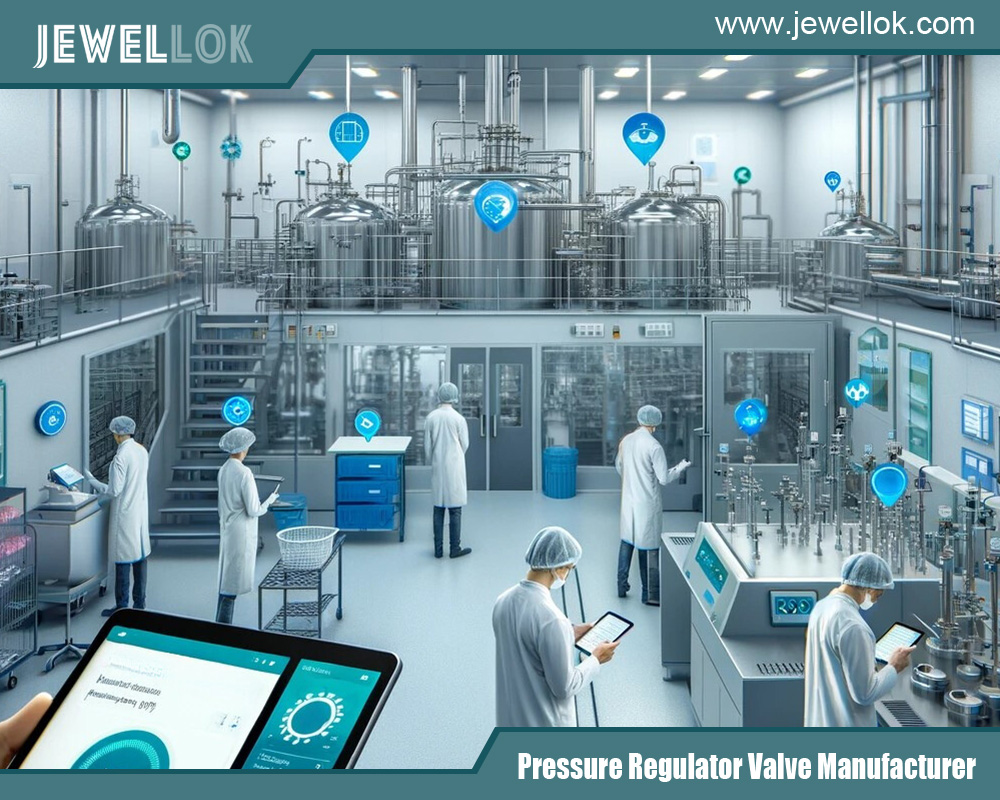
- What is a Changeover Manifold?
A changeover manifold is a specialized control system designed to manage the supply of gases or fluids from multiple sources to a single downstream outlet. Its core function is to switch between these sources—typically when the primary one is exhausted—ensuring a consistent flow to the process it serves. This capability is crucial in applications where even a brief interruption could have significant consequences, such as in medical gas delivery or high-precision manufacturing.The typical components of a changeover manifold include:
- Valves: To control the flow from each supply source.
- Pressure Regulators: To maintain consistent output pressure.
- Gauges: To monitor the pressure levels of each source.
- Sensors or Electronic Controls (in advanced models): To automate the switchover process.
Changeover manifolds are widely used for gases like oxygen, nitrogen, hydrogen, and argon, as well as certain fluids, depending on the system design.
- Types of Changeover Manifolds
Changeover manifolds come in two primary types: manual and automatic. Each type caters to different operational needs and levels of automation.
- Manual Changeover Manifolds
Manual changeover manifolds rely on an operator to switch between supply sources. These systems are straightforward, featuring basic valves and pressure gauges that the operator monitors. When the primary source’s pressure drops—indicating depletion—the operator manually closes its valve and opens the valve of the backup source.
- Pros: Simple design, lower cost, suitable for less critical applications.
- Cons: Risk of human error, requires constant monitoring, not ideal for high-stakes processes.
- Automatic Changeover Manifolds
Automatic changeover manifolds eliminate the need for manual intervention by using mechanisms like pressure sensors, solenoid valves, or differential pressure switches. When the primary source’s pressure falls below a set threshold, the system automatically switches to the backup source.
- Pros: High reliability, ideal for critical applications, reduces labor demands.
- Cons: Higher cost, increased complexity, requires regular maintenance of automated components.
- How Changeover Manifolds Work
The operational principles of changeover manifolds vary depending on whether they are manual or automatic, but both aim to maintain an uninterrupted supply.
- Working Principle of Manual Changeover Manifolds
In a manual system, the operator plays a central role. Pressure gauges or indicators display the status of each supply source. When the primary source’s pressure drops to a critical level, the operator:
- Closes the valve of the depleted source.
- Opens the valve of the backup source.
- Monitors the system to ensure a smooth transition.
This method demands vigilance and quick response to avoid disruptions.
- Working Principle of Automatic Changeover Manifolds
Automatic systems operate autonomously using pressure-sensing technology. Here’s how they typically function:
- Monitoring: Pressure sensors continuously track the primary source’s pressure.
- Detection: When the pressure falls below a predefined limit, the system identifies depletion.
- Switchover: A mechanism (e.g., solenoid valve or pressure switch) closes the primary source’s valve and opens the backup source’s valve.
- Notification (optional): Alarms or indicators alert operators to replace the depleted source.
This automation ensures a seamless transition, making it ideal for critical applications.
- Applications of Changeover Manifolds
Changeover manifolds are employed across diverse industries where a continuous supply of gases or fluids is non-negotiable. Below are some prominent examples:
- Medical Facilities: Supplying oxygen, nitrous oxide, or other medical gases to patient care areas, ensuring uninterrupted delivery during cylinder replacements.
- Laboratories: Providing specialty gases (e.g., helium, argon) for analytical equipment like gas chromatographs or mass spectrometers.
- Manufacturing: Delivering industrial gases for welding, cutting, or heat treatment processes, where interruptions could degrade product quality.
- Semiconductor Industry: Supplying high-purity gases for wafer fabrication, where even minor disruptions can ruin production batches.
Real-World Examples
- Hospital Oxygen Supply: A changeover manifold connected to multiple oxygen cylinders ensures a steady flow to ventilators and patient rooms, even as cylinders are swapped out.
- Welding Operations: In a factory, a manifold supplies argon or CO2 to welding stations, preventing weld imperfections due to gas interruptions.
- Advantages and Disadvantages
Changeover manifolds offer significant benefits but also come with certain drawbacks that must be considered.
5.1 Advantages
- Uninterrupted Supply: Maintains continuous operation, minimizing downtime and costs.
- Enhanced Safety: Reduces risks associated with supply failure, critical in applications like medical gas systems.
- Operational Efficiency: Automatic models free up personnel from constant monitoring duties.
5.2 Disadvantages
- Complexity: Automatic systems involve intricate components, increasing installation and maintenance demands.
- Cost: Higher upfront and upkeep expenses, especially for automated models.
- Space Requirements: Need sufficient room for multiple supply sources, piping, and the manifold itself.
- Maintenance and Troubleshooting
To ensure reliability, changeover manifolds require regular maintenance. Neglecting this can lead to failures that disrupt operations.
6.1 Key Maintenance Tasks
- Leak Checks: Inspect valves, seals, and connections for leaks that could waste resources or compromise safety.
- Pressure Calibration: Verify that regulators and switchover thresholds are set correctly.
- Cleaning: Remove debris or contaminants that could clog valves or impair sensors.
6.2 Common Problems and Solutions
- Failure to Switch Over:
- Cause: Faulty sensors or stuck valves.
- Solution: Test and replace defective parts.
- Leaks:
- Cause: Worn seals or poor installation.
- Solution: Replace seals and ensure proper assembly.
- Pressure Fluctuations:
- Cause: Undersized manifold for the application’s flow demands.
- Solution: Confirm system specifications and resize if necessary.
- How to Select the Right Changeover Manifold
Choosing the appropriate changeover manifold involves assessing several factors to ensure it meets the application’s needs:
- Gas or Fluid Type: Confirm compatibility with the medium (e.g., corrosive gases require special materials).
- Flow Rate: Ensure the manifold supports the maximum required flow without excessive pressure loss.
- Pressure Requirements: Match the system’s operating pressure range.
- Automation Needs: Opt for manual systems for simplicity or automatic ones for critical reliability.
- Space Constraints: Account for the physical footprint of the manifold and supply sources.
Additional considerations include budget, availability of spare parts, and integration with existing infrastructure.
8.Standards and Regulations
Changeover manifolds must comply with industry-specific standards to ensure safety and performance. Examples include:
- Medical Gas Systems: Governed by the National Fire Protection Association (NFPA) and Compressed Gas Association (CGA) standards.
- Industrial Gases: Guided by the International Organization for Standardization (ISO).
- Semiconductor Industry: Regulated by Semiconductor Equipment and Materials International (SEMI) standards for high-purity applications.
Adhering to these standards is essential for legal compliance and operational safety.
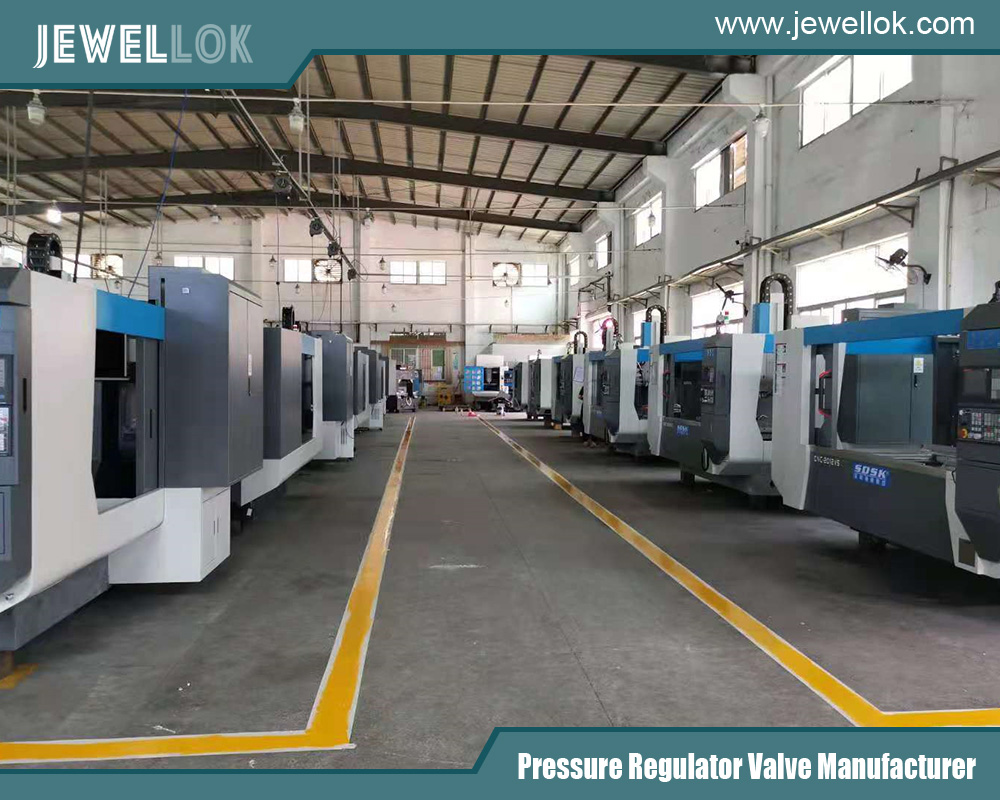
9.Conclusion
Changeover manifolds are vital for industries requiring a continuous supply of gases or fluids. By understanding their types, functionality, applications, and maintenance needs, professionals can harness these systems to enhance reliability and efficiency. As industrial demands evolve, changeover manifolds will remain a cornerstone of safe and seamless operations across sectors like healthcare, manufacturing, and technology.
For more about the changeover manifold: a critical component in industrial gas and fluid management, you can pay a visit to Jewellok at https://www.jewellok.com/ for more info.
Recent Posts
Which Gas Pressure Regulator is Best for Laboratory Use?
Complete Guide to Choosing the Best High Pressure Nitrogen Gas Regulator
Top 10 Gas Regulator Valve Manufacturers in China 2025
Tags
Recommended Products
-
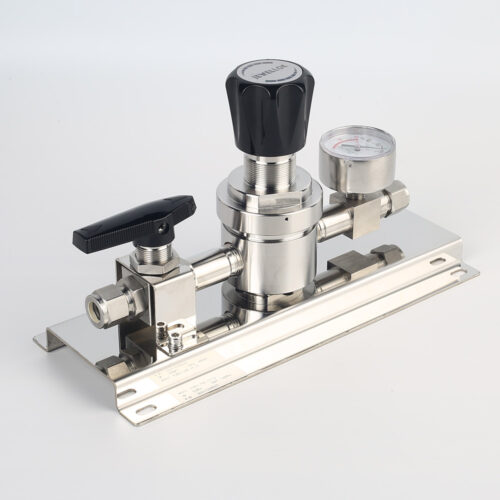
High Purity And Industria Gas Stick Assemblies Precise Pressure Control Gas Systems JSR-1ETG-BV Series
-
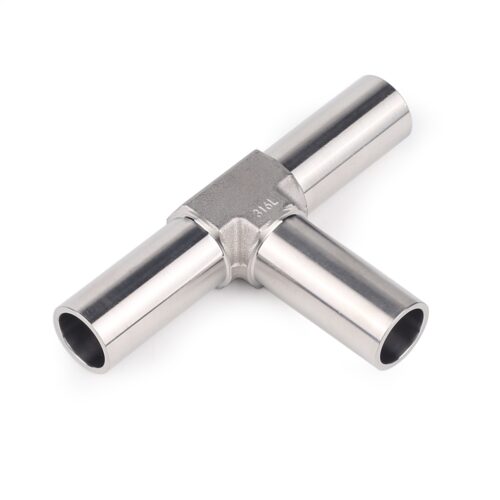
Stainless Steel Ultra Clean Welding Joint Fittings TW Series TRW Series & CW Series
-

Fully Automated Gas Cabinet Gas Rack Gas Delivery Systems JW-300-GR
-
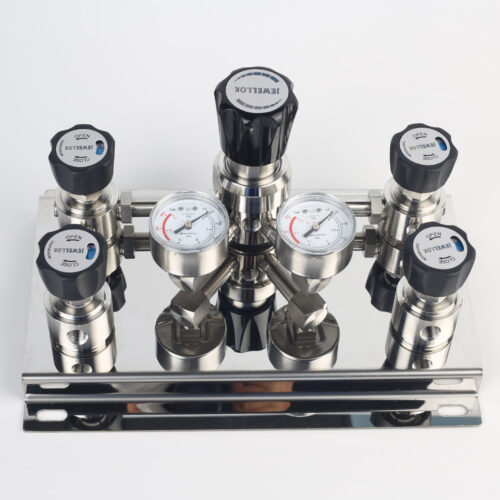
Single Stage Wall And Cabinet Mounting Pressure Control Panels JSP-2E Series For High Purity Gases
-
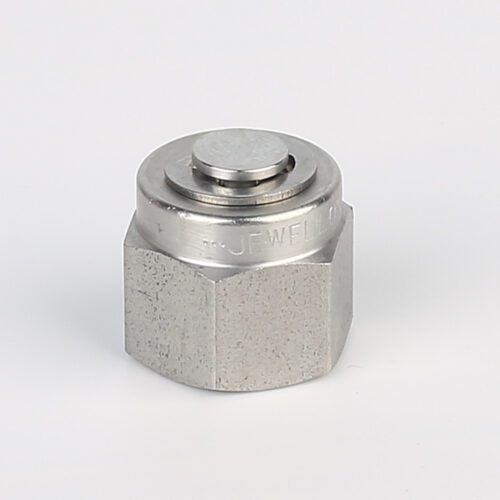
7121L Plug High Purity Plug Fitting And Blanking Plug
-
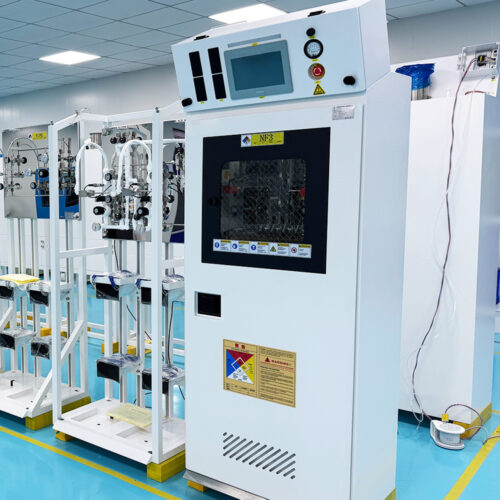
Semi Automatic Gas Cabinet Gas Panels High Purity Gas Delivery Systems JW-200-GC
-
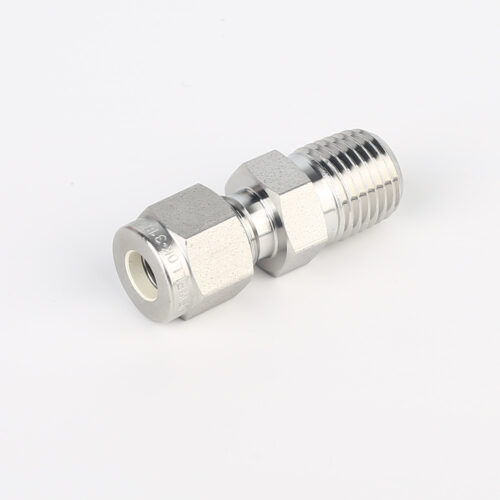
768L Stainless Steel Male Tube Butt Weld Connector | Clean Weld Fittings And Ultra-High Purity Fittings
-
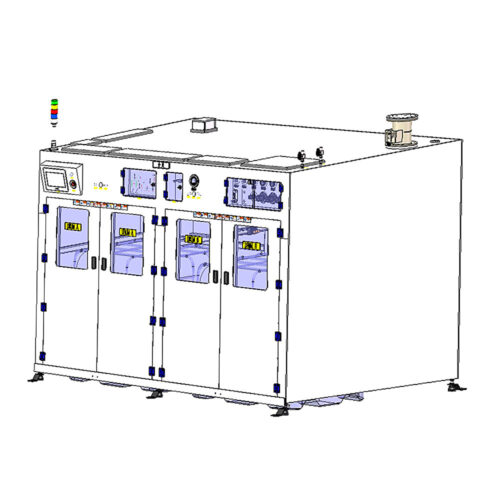
High Purity Chemical Dispense System & Packing System For Semiconductors JW-200L-CDM & JW-1000L-CDM